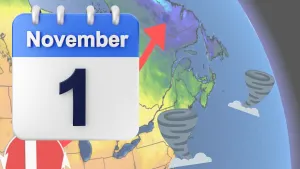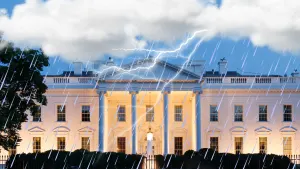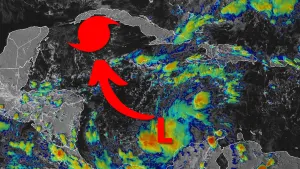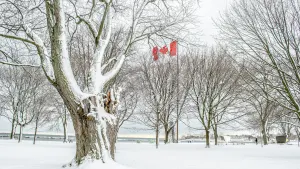
Climate change effects on Canadian wildlife show how vital winter is
While many Canadians may not be particularly fond of winter, the season is critical for numerous reasons, especially for the well-being of our wildlife.
Geese walking around with goslings in December 2023 in southwestern Ontario? Bees awakening from hibernation in Saskatchewan in February 2024 because of warmth?
Your eyes aren't deceiving you. They are just a couple of recent examples of odd wildlife behaviour observed due to "false" springs or delayed winter starts. With climate change, more tales of wildlife undergoing behavioural changes, or being "tricked" by extreme weather, can be expected.
SEE ALSO: Could climate change bring paradigm shift in biodiversity tracking?
With ever-increasing and extreme weather events such as heat, wildfires, hurricanes, to name a few, it makes winter that much more important for our wildlife.
However, Canada experienced its warmest winter on record in 2023-24. If we get more winters like the season we just experienced, that could mean more behavioural changes in wildlife.
While wildlife in Canada have adapted to the seasons, a temperature swing in winter could result in a sudden snowmelt, which will cause issues for numerous species, says Annie Langlois, co-ordinator for Hinterland Who's Who, run by the Canadian Wildlife Federation (CWF) and the federal government.
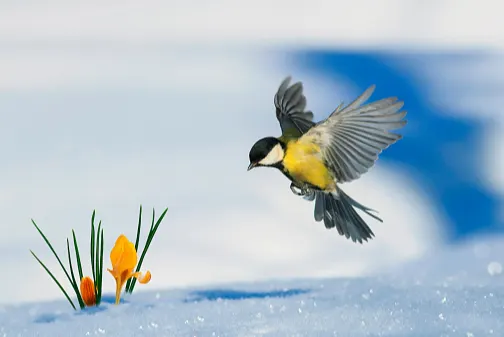
(Getty Images)
“If you think of a wildlife species, basically in Canada, it has evolved in some way to deal with winter. If you remove winter, then it's not necessarily a good thing,” said Langlois, in an interview with The Weather Network in April 2024.
"Each species basically has a set of things that enables it to thrive in the wintertime when energy is more scarce than in the summertime. So, that in reverse, means those wildlife species actually need the winter to enable their yearly cycle of life."
A mild winter isn't good for wildlife
It's not unusual to have mild spells during the winter, but the more it occurs and the warmer temperatures get, the more troublesome it is for hibernating wildlife, Langlois explained.
"Hibernating animals will run into problems [if] they wake up. There are not [enough] resources [to enable them] to survive because it's still the wintertime," said Langlois.
The lengthier a period of milder temperatures is the more problematic it is for animals. For example, snow is "super important" for many animals because it insulates the ground and offers many of them shelter, Langlois said.

(Getty Images-Zlikovec/529918343-170667a)
"Some animals live under the snow and they rely on snow to keep them warm, actually, because the temperature of the soil where it needs to snow is actually warmer than up in the air," said Langlois. "If they lose that snow, they also lose their habitat where they can hide, and where they can be protected from the elements."
As well, some wildlife will need the snow to be able to effectively hunt, she added.
Wolves are more mobile on the snow than deer or moose, for example. As a result, they rely on that snow to help them hunt because their prey cannot flee as fast.
"Anything that will make the snow melt might be problematic. That might be an issue for wildlife," said Langlois.

(Getty Images/moose henderson/838999630-170667a)
Regarding other negative changes occurring in wildlife due to a warmer winter, Langlois cited the common hare as an example. The animal has adapted to the season with its fur turning white, making it less visible to predators with the surrounding snow cover.
However, with lesser amounts of snowpack or even none at all, that will make the animal much more prone to predators, she explained.
"Populations might [crash]. It's as easy as that," said Langlois.
She noted there are some species that rely on insects in dormancy, so they don't hibernate per se, but they can fully or partially freeze to survive the wintertime, either in their larval, adult or egg form.
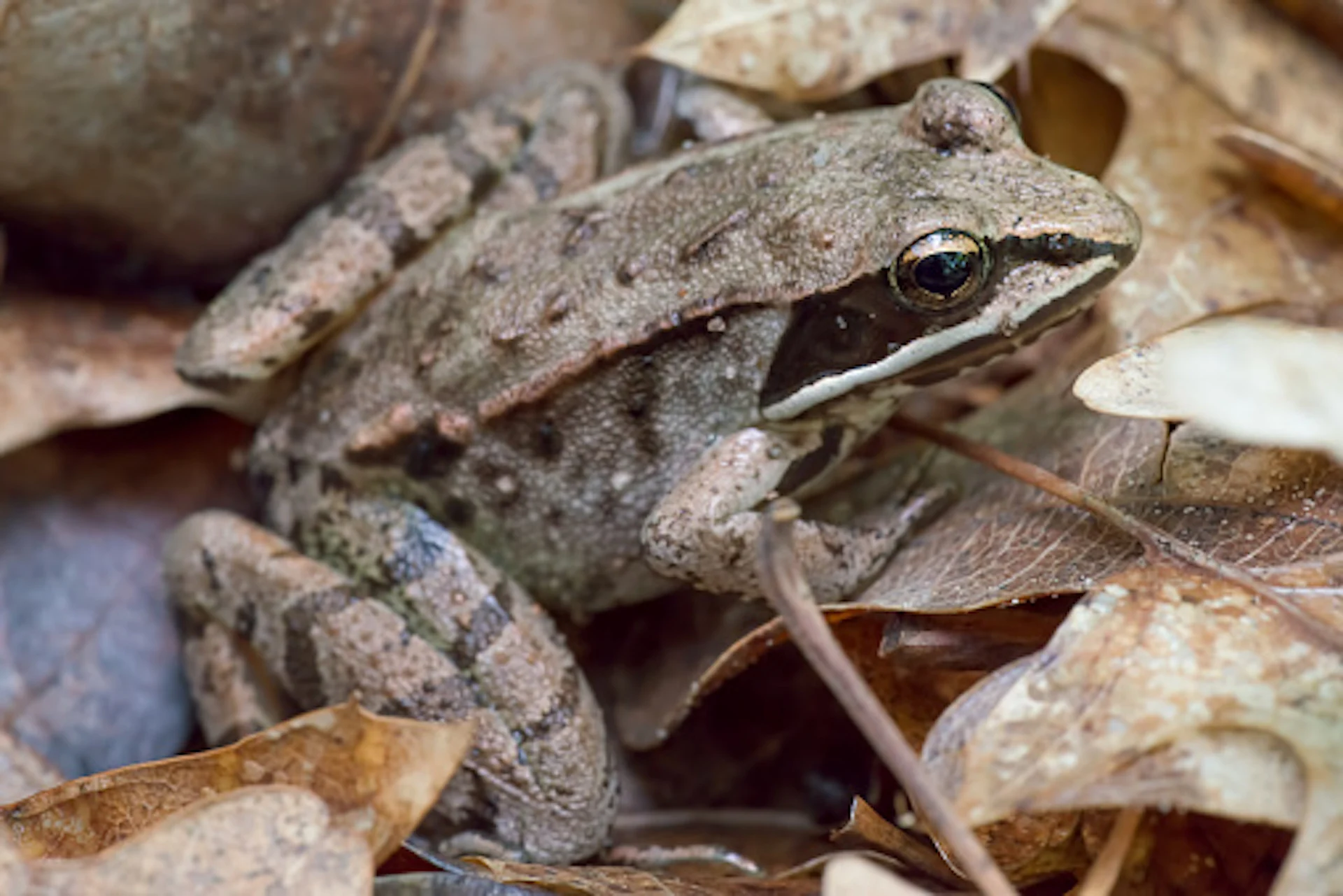
(Getty Images-1160883901)
Such is the case with the wood frog. To ensure it can make it through the cold months, a wood frog's body will shut down while it is surrounded by ice, lacking a heartbeat and breath in its lungs.
Lack of ice cover puts wildlife, plants at risk
In the remote North, longer periods without sea ice means some wildlife will be at greater risk of dying or will have to travel much farther distances to find food –– a habit that will also elevate the risk of death.
DON'T MISS: New study points to more polar bear troubles from climate change
In the northern Arctic, observed for the first time has been ice buildup and injuries to the feet of polar bears in parts of the region, according to a recent study. The afflictions appear to be an "unexpected consequence of climate change" as conditions continue to change in a warming Arctic.

Polar bear in Churchill, Man. (Kim Dalberg/Submitted to The Weather Network)
As well, Hudson Bay’s polar bear subpopulations could go extinct in the coming years if atmospheric warming trends continue, a recent report suggested. An adult male polar bear becomes at risk of being unable to sustain itself when facing 180-200 days per year without adequate sea ice to hunt on.
"A lot of creatures, when they're dealing with a lack of resources, end up needing a larger range or territory, if you want to call it that. Definitely the sea ice for the polar bear is needed, [so they can] catch seals, to catch what they eat," said Langlois. "So, with the ice retracting, then we have those issues."
Many of the forest-based wildlife, such as caribou, require ice on lakes and rivers since they use it to migrate hundreds of kilometres, she said.
"If you think of a wildlife species, basically in Canada, it has evolved in some way to deal with winter. If you remove winter, then it's not necessarily a good thing," said Langlois.
It's not just wildlife in the Arctic that are suffering as a result of a lack of ice cover.

(Mike Digout/Submitted to The Weather Network)
Beavers even rely on lake ice to protect themselves and store resources for the winter under water, retrieving them from their homes when needed, Langlois said.
"If you remove that protection of ice and snow, who knows how the beavers are going to react," said Langlois.
As well, a lot of native plants need snow cover on their roots to remain in dormancy during the wintertime, she said. "If it's on barren soil, it will freeze [under] a much thicker slab of soil. It might not be able to grow if it freezes like that."
WATCH: 4 incredible ways animals survive the winter
Wildlife left fending for resources once temperatures drop
And once temperatures inevitably drop again after the mild spell, those species are gonna be left in a "weird environment" again, where resources aren't available, yet, Langlois said.
"Like for those bees [in Saskatchewan in February], not a lot of flowers are [blossoming]. It's sort of out of sync, which is an issue," said Langlois.
It's not just wildlife that requires the cold and snow in the winter.
Canadian waterways need the cold because there are currents within lakes and rivers that are "super important" for the survival of aquatic species, Langlois said.
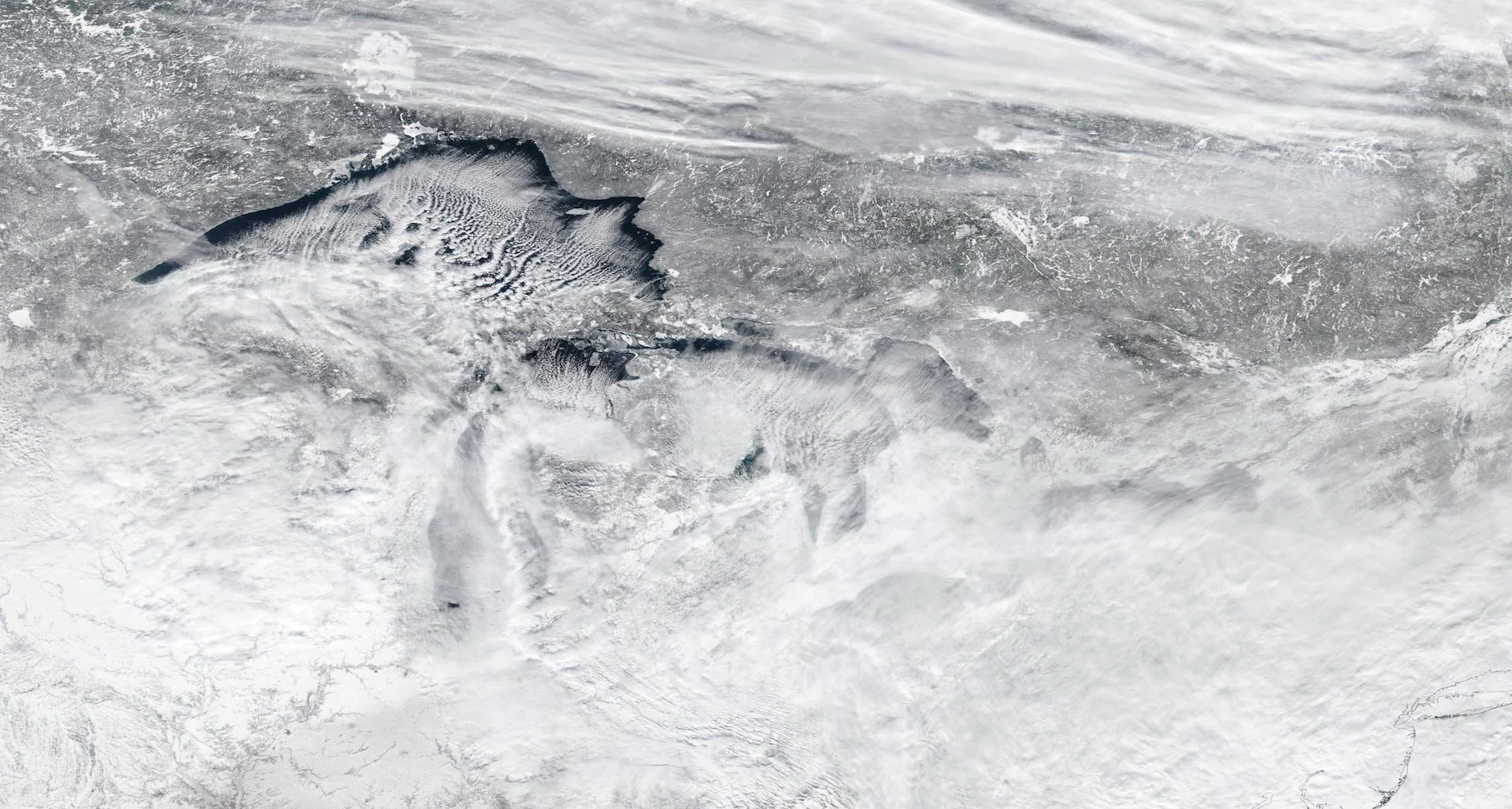
(NASA/EOSDIS Worldview)
"Without the ice cover, without the snow cover...it totally changes that habitat for the wildlife, [also with] less oxygen. Waters will get colder and freeze deeper if there was no snow," said Langlois. "When we're talking about no snow and no ice, we're dealing with definite issues for the wildlife."
She did point out, however, that some wildlife need the open water so that they don't freeze. As a result, they will tend to stay on the bottom of the lake as their metabolism decreases.
But, if we're dealing with no snow to insulate the lake or river, then the ice might form deeper or there might be less oxygen available, the Hinterland Who's Who co-ordinator stated.
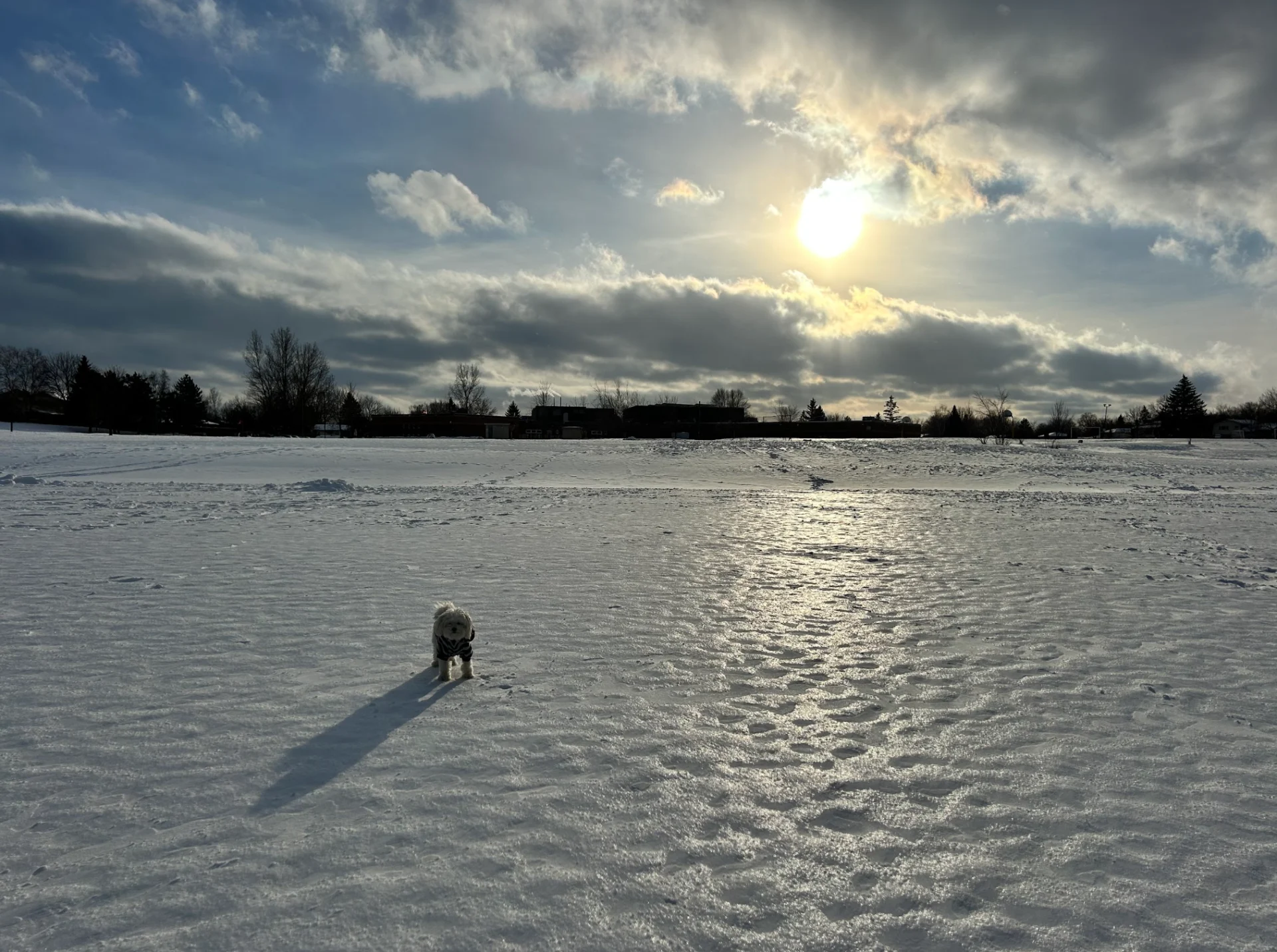
(Mark Robinson/The Weather Network)
"It's a bit of a cycle with no end. If you consider climate change, polar or sea ice is super important because it reflects the light and heat out into outer space," said Langlois. "It stays less in our atmosphere. Without ice, then there's more impact of climate change, really."
Migratory patterns altered
Langlois emphasized how important the adaptations of various species survive harsh winter conditions, and the need to observe and address the consequences of climate change on Canadian wildlife.
Some of climate change's observed impacts so far include species worldwide shifting their ranges, migrating sooner and bearing young earlier than they have in the past, with the December 2023 spotting of goslings in southwestern Ontario being a prime example of the latter.
According to Hinterland Who's Who, the American robin and the red-winged blackbird are increasingly arriving on their breeding grounds weeks earlier than they once did. As well, due to a changing climate, the Edith's checkerspot butterfly has moved its range northward and into mountains as temperatures heat up farther south.
"Because temperatures might get warmer, you might think that it's better. But, for a hibernating animal, for example, it might wake it up and it will need some resources to survive that won't be grown, yet, in greenery, vegetation or whatever you need," said Langlois. "So that's a bit of an issue for those species."
Langlois has taken note of some of the territorial patterns that have changed in birds in recent years.

(PIXABAY)
"You can observe the impacts of climate change just at your bird feeder, if you wish," said Langlois. "When I was a kid, there were no northern cardinals in the area, or very little. And now there is a ton. It was a bird that was more common in the South. [But] now it's more common in the North."
She noted migratory patterns are also changing for geese and some ducks, with many of them opting to stay in northern locales during the winter because there is more access to open water, allowing for easier-to-find prey.
"They stick around instead of going down south. So, migratory species might not migrate any longer in the near future. [That would be] good for their energy consumption, really, because they don't need to go feed elsewhere," said Langlois. "But it does create a weirder environment."
WATCH: Polar bears around Hudson Bay may only last until mid-century
Thumbnail courtesy of Janet Stephens.
With files from Connor O'Donovan, a Alberta-based video journalist at The Weather Network.
Follow Nathan Howes on X, formerly known as Twitter.








